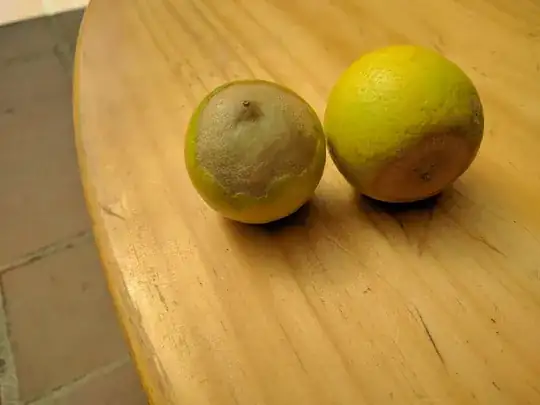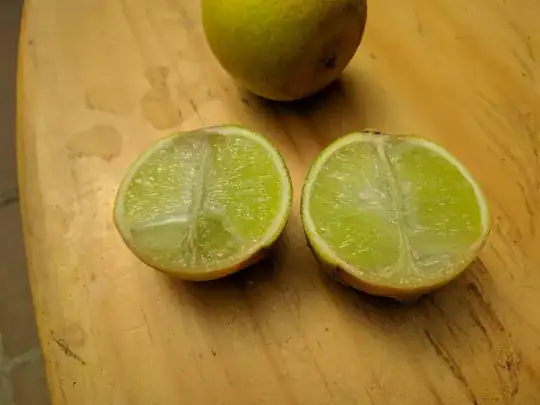We have some lime trees that generally give a good amount of fruit, most of it coming off the tree in good shape.
About 10℅ of the fruit has discolored areas usually on the bottom of the fruit ("bottom" here being relative to the orientation it hangs in). It's not just color either - there is a ridge around the area, as if the peel was thinner there.
Are these still safe to eat?
What causes it?!
Here's a pictures of a couple of limes with the issue:

Here's one cut in two:

The flesh near the discoloration is softer and perhaps a bit browner in color.